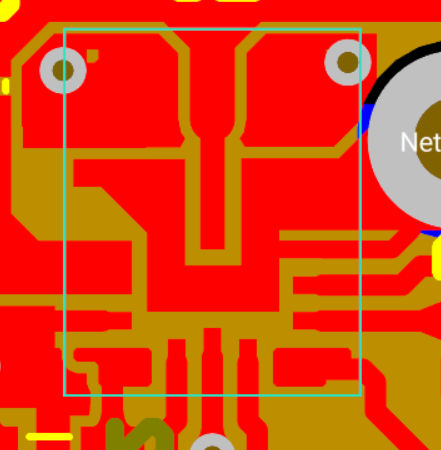Tool/software:
Hello,
We are using a LM61495 to convert an input from 24-36 V to 22 V. We have based our circuit on a webench generated one, although we set it to a 24 V output, later changed to 22 V by setting Rfbb to 4700 Ω to have some voltage difference. Link to the circuit. The output is only used to power three half bridges with a driver.
Our design is as follows (R6 changed to 4k7):

The output is working fine, the voltage is correct, and it can work up to 10 A without heating up too much.
The problem we are having is that, when shorting the output, the IC gets damaged, and the Vin and SW pins short to ground. We have a half bridge on the output, and the test consists of activating the high side while the output is shorted to ground. The half bride driver has overcurrent protection, but it seems like the IC gets damaged before it activates. It fails both at 22 V and 11 V output.
We have tested with the evaluation module LM61495RPHEVM wired to the board. The input connected to C19 with wires, and the output at C12 with more wires, and with the IC removed. The output from the board was changed to 22 V by replacing the RFBB5V with a 5k6 resistor. In that case, the buck survives the short, and the overcurrent protection of the bridge driver is triggered. It has survived multiple tests.
We don't know what may be the difference that allows the evaluation module to survive, while the IC on board fails. We were thinking that it may be either the output capacitance, the inductor value, or the input filter. Do you have any tips on what may fail, and what should we measure to see it? And what we should change on our design to survive?



